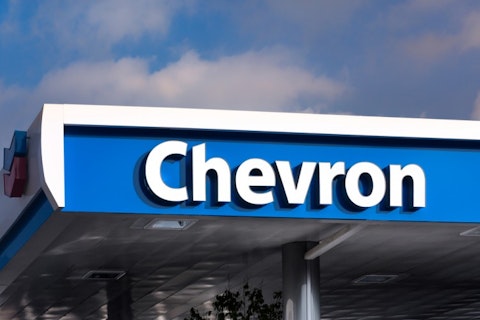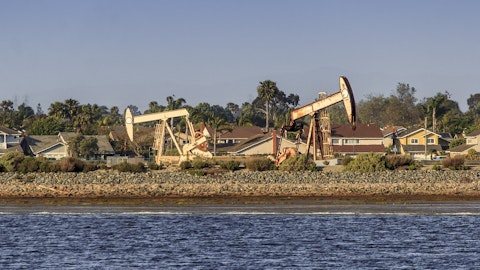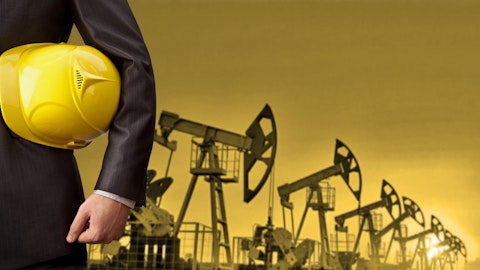Chevron Corporation (NYSE:CVX) looks enticing when taking a cursory look at the historical dividend statistics.
The stock currently yields around 4.3% and has provided highly reliable dividend growth over the years.
Chevron’s dividend has increased by 7.8% per year over the last 20 years and by 8.5% annually over the last five years.

Ken Wolter / Shutterstock.com
The company is also a dividend aristocrat, having raised its dividend for over 28 straight years. Investors can learn more about dividend aristocrats and download their data here.
Despite Chevron’s appealing historical dividend growth, income investors have been burned over the past year with a number of high profile dividend cuts in the oil and gas industry.
While Chevron has been a favorite blue-chip dividend stock that has padded dividend investors’ portfolios for years, we think it is prudent to analyze the business to determine if Chevron could be the next one to cut their dividend in this historic oil and gas downturn.
Business Analysis
Chevron is a global integrated oil and gas company.
Their upstream operations (~26% of 2015 revenue) consist of exploring for, developing, and producing crude oil and natural gas; processing, liquefaction, transportation and regasification associated with liquefied natural gas; and transporting the crude and natural gas.
The downstream operations (~73% of 2015 revenue) consist of refining crude oil into petroleum products; marketing of crude and refined products; transporting crude oil and refined products by pipeline, marine vessel, and rail car; and manufacturing and marketing of commodity petrochemicals, plastics, fuel additives, and lubricants.
As of the end of 2015, Chevron had significant net proved reserves in their upstream business. These net proved reserves totaled an estimated 6.26 billion barrels of oil and 29.4 billion cubic feet of natural gas.
Their reserves do have some geographic concentrations with 21% of the net proved reserved located in Kazakhstan and 19% located in the United States.
During 2015 Chevron continued to expand production with oil-equivalent production of 2.62 million barrels per day, which was up 2% year-over-year from 2014 levels.
For 2016 the company estimates that worldwide oil-equivalent production will be flat to up 4% compared to 2015.
The business has struggled since the dramatic collapse in oil prices. Revenue in the upstream segment was down 47% from 2013 to 2015, and the downstream business was down nearly 43% over the same time period.
Clearly the largest driver of revenue and profits for the business is the price of oil. We are not experts at forecasting the price, nor do we believe there are many people who can consistently, accurately forecast the price.
According to the Energy Information Agency’s Annual Energy Outlook 2016 report, which is probably as good as any, the price for West Texas Intermediate (WTI) is expected to increase 4% per year from 2015-2040 while Brent is expected to increase at 3.9% over the same timeframe.
It is anybody’s guess as to what the future holds for energy prices, but it is unlikely that energy prices will remain at depressed levels for decades into the future.
While the current environment is not good for Chevron and could get worse, it is unlikely to stay this bad for an extended period of time.
Let’s take a look at how much longer Chevron can potentially maintain its dividend in today’s environment.
Follow Chevron Corp (NYSE:CVX)
Follow Chevron Corp (NYSE:CVX)





